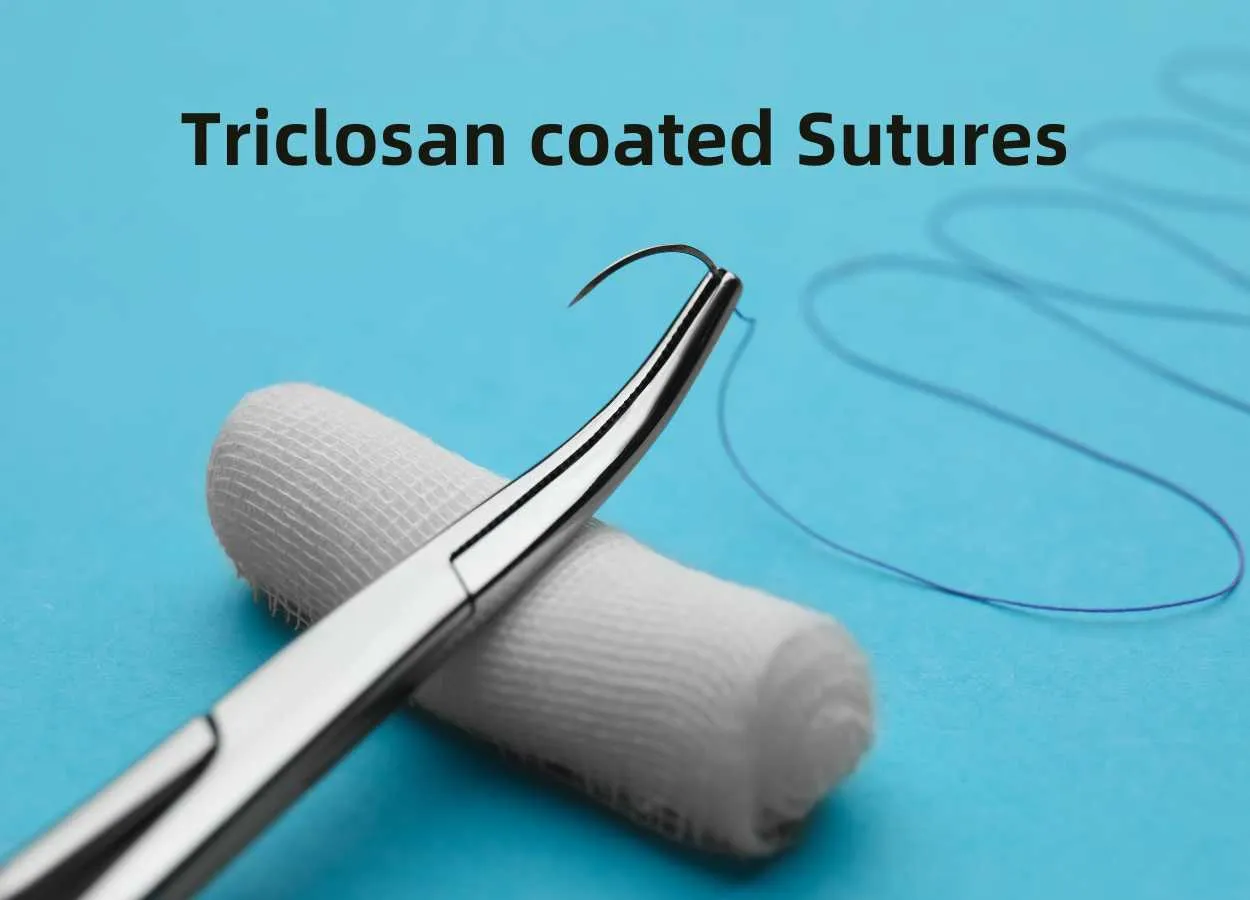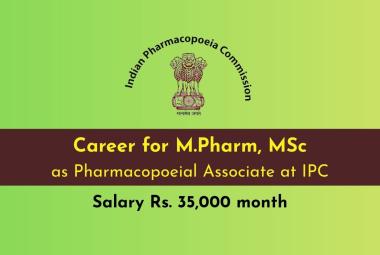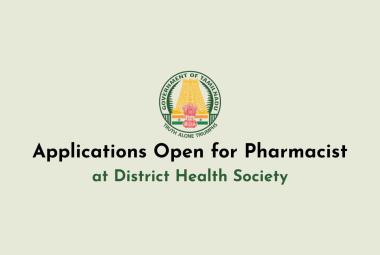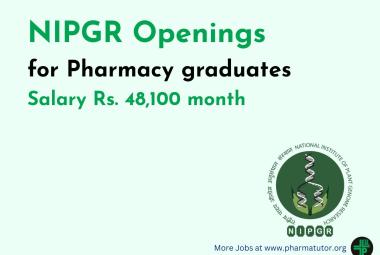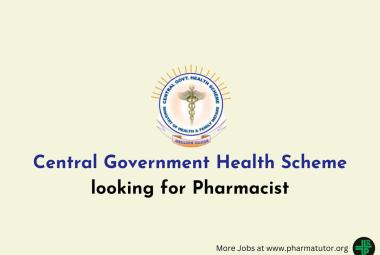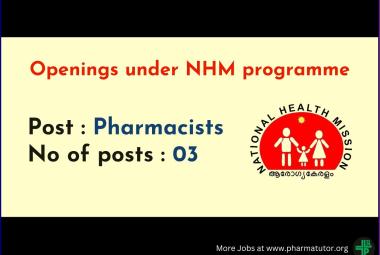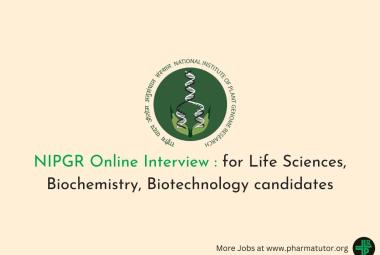 Vinay Kumar Singh.
Vinay Kumar Singh.
Head-Formulation
Kumar Organic Products Research Centre Pvt. Ltd.,
Bengaluru
Email : formulation_krc@kopresearchcentre.net
Triclosan (Kopsan), a broad spectrum anti-microbial agent, that inhibits the growth or kills microorganisms such as bacteria, fungi, and viruses, is in the market for more than 40 years, mainly in personal care products. In 1972, triclosan has been introduced in health care industry, in surgical scrub. The use of triclosan effectively extended other products such as catheters, sutures and urethral stents. Triclosan-coated sutures are surgical sutures that have been impregnated with triclosan, to reduce the risk of surgical site infections (SSIs). Studies have shown that their use can significantly reduce the occurrence of SSIs compared to standard sutures. Triclosan-coated sutures can be a valuable tool in reducing the risk of SSIs, particularly in certain types of surgery.
Surgical site infections (SSIs) represent a common and serious complication of all surgical interventions. Microorganisms are able to colonise sutures that are implanted in the skin, which is a causative factor of SSIs. Triclosan-coated sutures are antibacterial sutures aimed at reducing SSIs. Triclosan-coated sutures have been shown to significantly reduced the risk of SSIs when compared with standard sutures. Twenty-five randomised controlled trials(RCTs) were included involving 11 957 participants. Triclosan-coated sutures were used in 6008 participants and non triclosan-coated sutures were used in 5949. Triclosan-coated sutures significantly reduced the risk of SSIs at 30 days (relative risk 0.73, 95% CI 0.65 to 0.82). Further sensitivity analysis demonstrated that triclosan-coated sutures significantly reduced the risk of SSIs in both clean and contaminated surgery.
Recently revised, the CDC guideline now includes a recommendation that health care professionals “consider the use of triclosan-coated sutures for the prevention of SSI [surgical site infection].” This announcement adds to the growing support from other prestigious organizations, including the World Health Organization, the American College of Surgeons and the Surgical Infection Society, on the positive impact of triclosan-coated sutures in reducing the risk for SSI.
Triclosan is used in concentrations ranging from 472 µg/m to 2360 µg/m in triclosan-coated sutures. These concentrations are designed to provide antibacterial activity while also ensuring safety and biocompatibility, with most of the triclosan dissipating within a few days after implantation.
Suture selection provides an important opportunity to address a key risk factor for infection – bacterial colonization of the suture. Globally available sutures coated with triclosan, inhibit bacteria commonly associated with SSIs (including S. aureus, S. epidermidis, MRSA, MRSE, E. coli, and K. pneumoniae) from colonizing the suture.
“Triclosan-coated sutures should be considered as part of an institution’s comprehensive evidence-based approach to reducing the risk of SSIs,” said Charles Edmiston, PhD**, Emeritus Professor of Surgery & Former Hospital Epidemiologist at Froedtert Hospital - Medical College of Wisconsin in Milwaukee.
Surgical Site Infections are among the most common healthcare-associated infections (HAI) worldwide; they increase morbidity and mortality in surgical patients and represent an economic burden to healthcare systems. In fact, SSIs have been reported as the most common type of HAI in the U.S.,occurring in
Wound infection and dehiscence are both major contributors to postoperative morbidity. One potential cause or co-factor is the use of suture material. A recently introduced subcutaneous suture is coated with triclosan (TC), an antiseptic drug. It is suggested to reduce wound complications.
Mechanism of Action :
Triclosan works by inhibiting the growth of bacteria, including those that can cause SSIs. It does this by interfering with the synthesis of fatty acids, which are essential for bacterial cell wall integrity.
Benefits :
• Reduced SSI Risk
• Cost-Effectiveness
• Antibiotic Resistance
• Environmental Impact
• Limited Evidence in Orthopaedics
• Potential Adverse Effects
The global antimicrobial surgical suture market is expected to reach USD 755.95 million by 2031 from USD 356.42 million in 2023; it is expected to record a CAGR of 9.9% during the forecast period.
The market for triclosan-coated sutures (TCS) is experiencing growth due to the increasing prevalence of surgical site infections (SSIs) and the effectiveness of TCS in reducing them. TCS are used in a variety of surgeries, including general, urological, gynecological, and orthopedic procedures. The market is being driven by factors such as the adoption of TCS, advancements in biodegradable and nanotechnology-based sutures, and the expansion of healthcare infrastructure in emerging markets.
Global Headlines on Antimicrobial Surgical Suture Market
• "Dolphin Sutures Introduced Antibacterials—World's Largest Range of Antibacterial Sutures"
• "Genesis MedTech Introduced China's First Domestic Brand of NPMA-Approved Antibacterial Sutures"
• "Innovative STRATAFIX Surgical Sutures Help Save Lives"
China is the largest market for antimicrobial sutures, with a market share of about 20 percent, followed by Southeast Asia, India, Europe and Japan, each with about 15 percent.
Triclosan-coated sutures: built on a body of evidence
Determiningtriclosan-coated sutures ability to help reduce the risk of SSI is the subject of a wealth of clinical evidence.
This includes 10 meta-analyses of 24 randomised controlled trials stretching over a decade which confirm the clinical benefits of triclosan-coated sutures to lower SSI rates.
Guidelines including NHMRC, NICE, WHO and CDC recommend the use of triclosan-coated sutures to improve outcomes for patients and surgeons by reducing the risk of SSIs.


